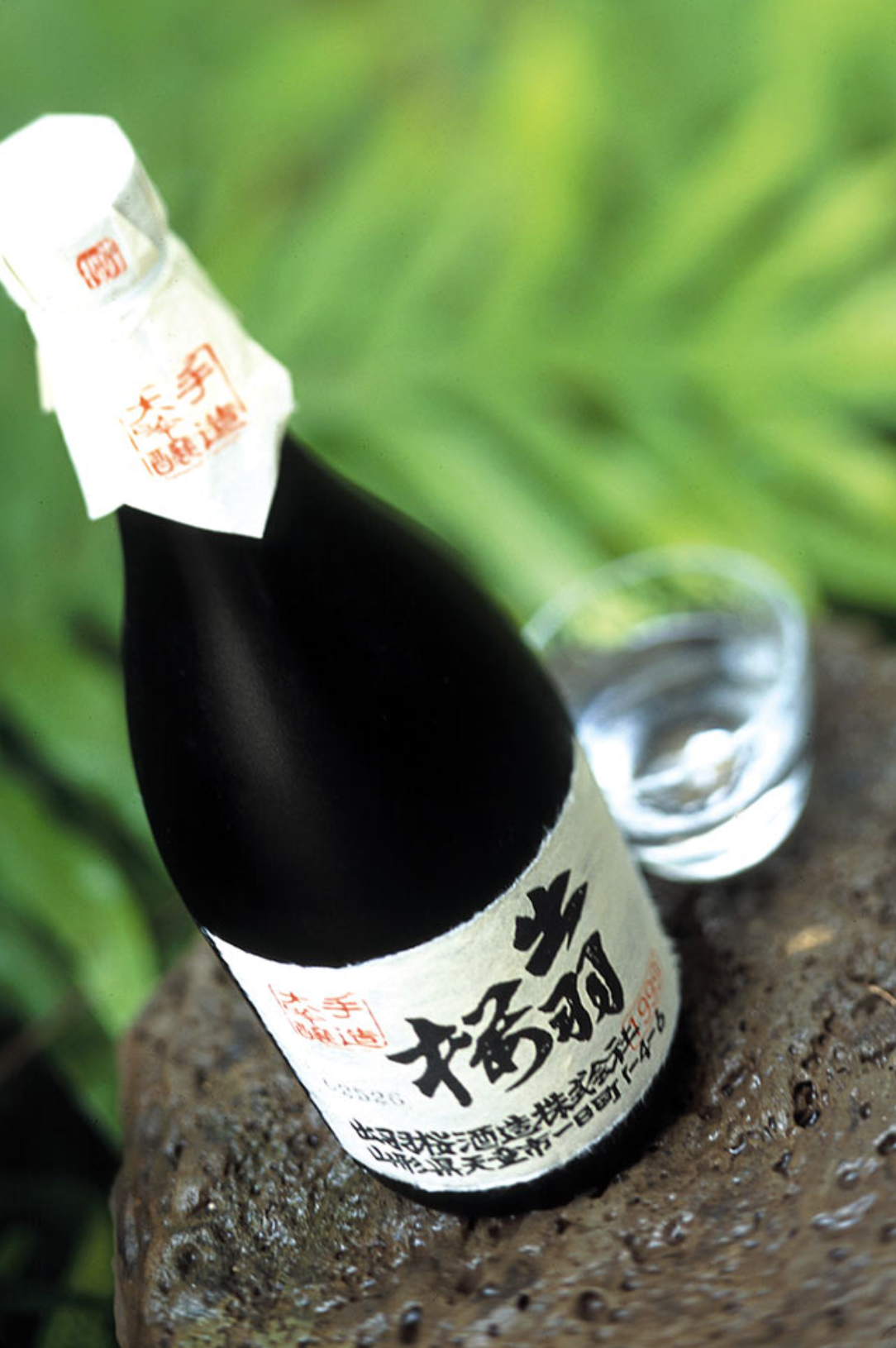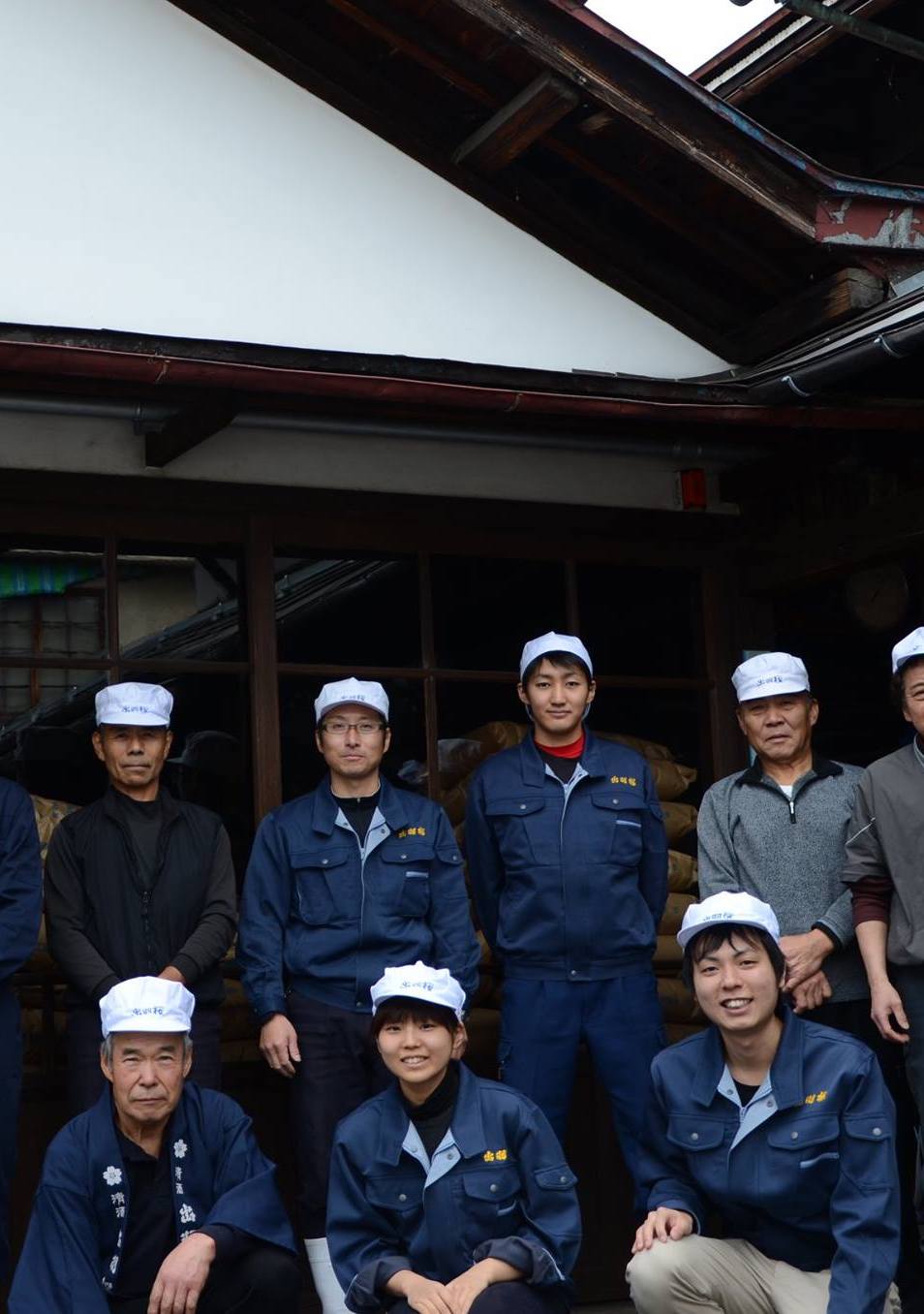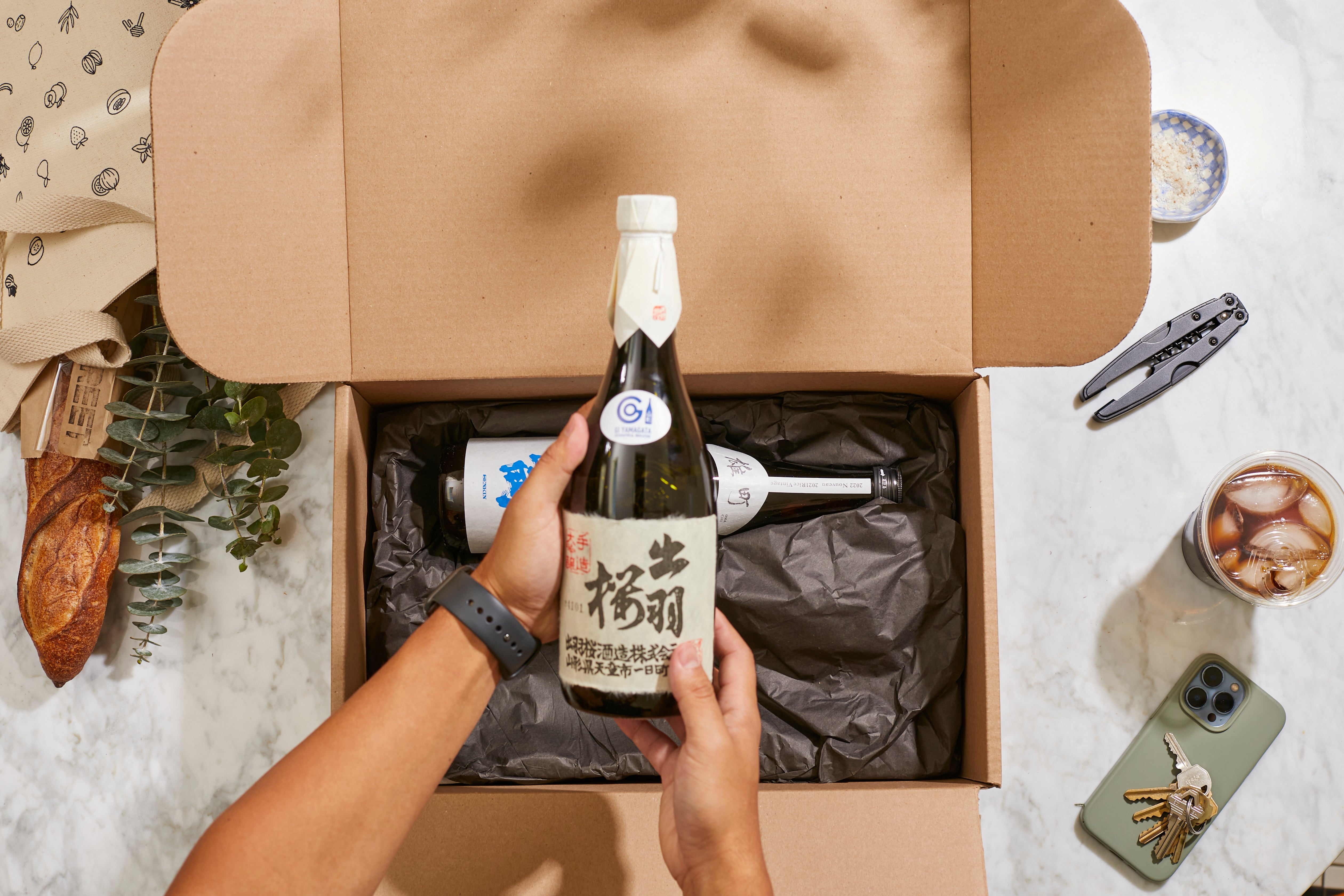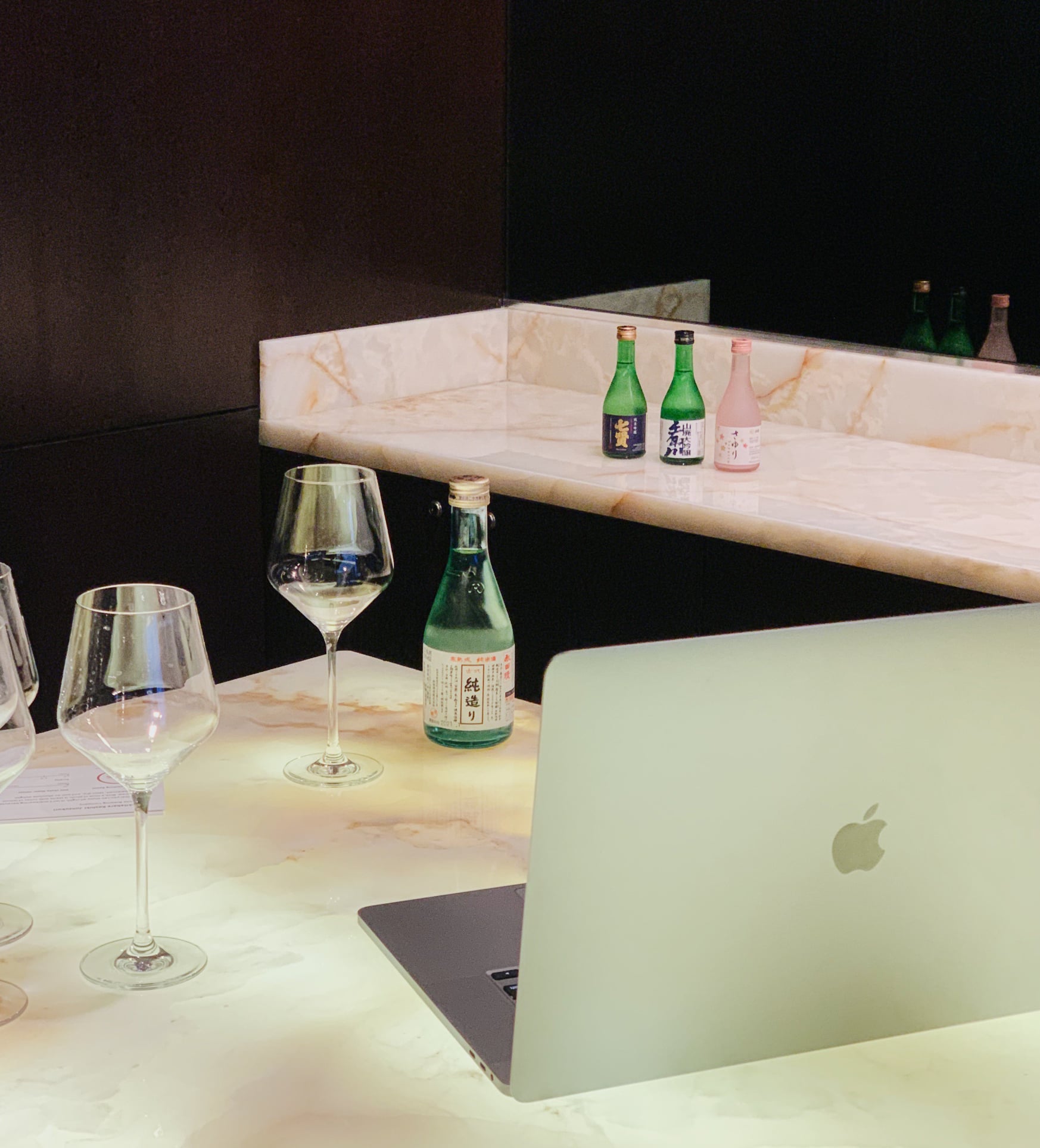
ABOUT THIS BOTTLE
Dewazakura Daiginjo "Mountain Cherry"
For once, you can read a book by its cover: when this sake first came out to the market in 1976 in a bottle with a tesuki washi (a delicate, traditional handmade Japanese paper) label with its name in bold Japanese calligraphy, it was the first bottle to ever use washi on its bottle. The delicate and elegant washi paper embodies the characteristics of this sake—gentle floral fragrance, with notes of peach and apricot peeking through mid-range. And like tesuki washi, this bottle is packed to the brim with the long-honed skills of Japanese craftmen.



HOW TO ENJOY
PAIRING
Great with your appetizer; cheese plates, fruit plates, sushi, fruit tarts and pies.
SERVING
Best chilled or lightly chilled, in a wine glass or tulip champagne glass to let the flavors dance.
ABOUT THE BREWERY
DEWAZAKURA BREWERY
In order to understand why this brewery is so special, we need to take a quick dive into the world of Liquor Tax Act in Japan. Stay with us here, because this might be the only time where a story about taxes will keep you on the edge of your seat, because it's really a tale about a plucky underdog coming out on top. Back in the 1980's, the word "Ginjo" was fairly unknown to the regular sake drinker. The very few Ginjos that were commercially sold were incredibly expensive, and usually bought only to be given as gifts. Click to learn more.




